Definable Design – Five Examples You Need to Know
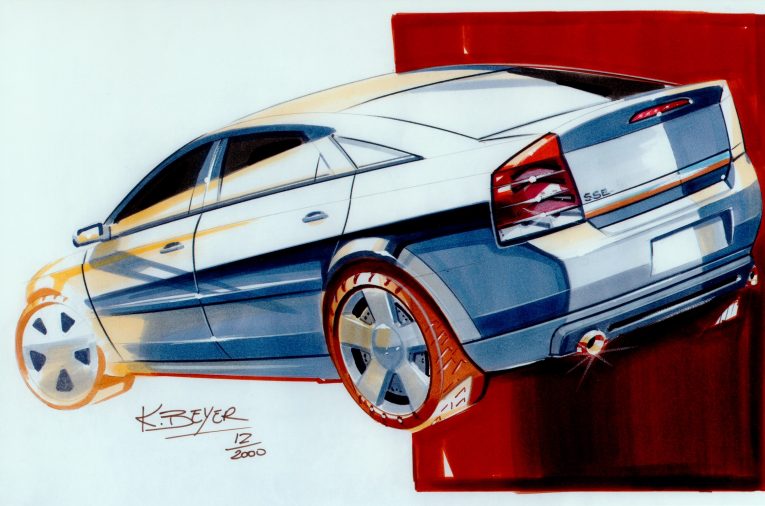
Cars are, until Skynet becomes self-aware, designed by humans. Sure, there are some computer enhancements and refinements, but ultimately, every car starts with a pencil and a sheet of paper, the former of which is typically operated by a person-shaped mass of skin and bone. And within those, you have the old brain. And it’s here where the designer can run wild with ideas. Some fall flat, naturally. Some make it all the way to production. Others, however, become icons of design. Features that become instantly recognisable not only to those with a passion for cars, but to those who appreciate a good aesthetic. The Kevin McClouds of the world, for example. Look, the point is that car design is the product of the human brain, of a designer’s vision, spawned from whatever that designer’s muse may have been. This makes car design exciting, fluid and as proven here, instantly recognisable.
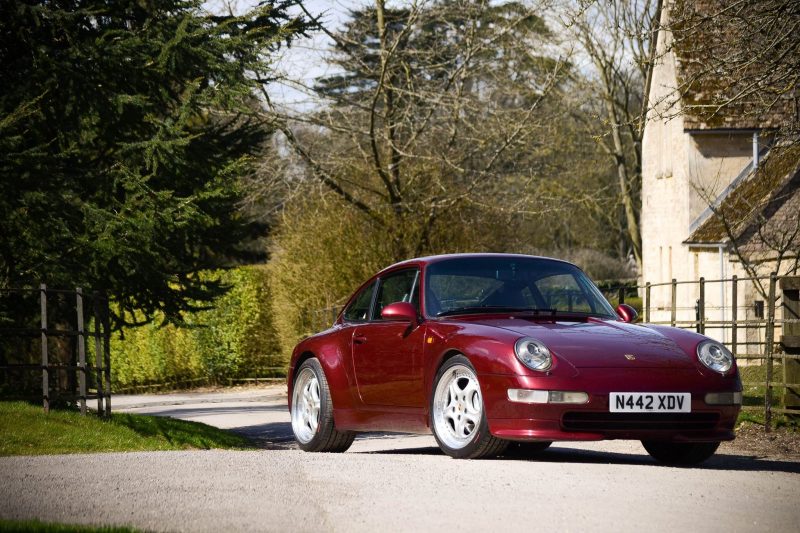
Take the Porsche 911. That’s a great example of design; a shape that pleases the eye of all who look upon it. It’s more than a car, it’s a rolling sculpture. It’s the reason a great many 911 owners have them, and they might not be all that interested in the car, but the style? Yes sir. And this love for design, as we’re about to explore, isn’t the reserve of complete, ‘full’ cars. No, it can often be found in small corners of a car’s overall appearance. What was once a brave, unthought of strike of the pencil across paper has developed into something more significant, something that grabs the eye and that captivates buyers. That, right there, is the power of good design.
1) Kammback
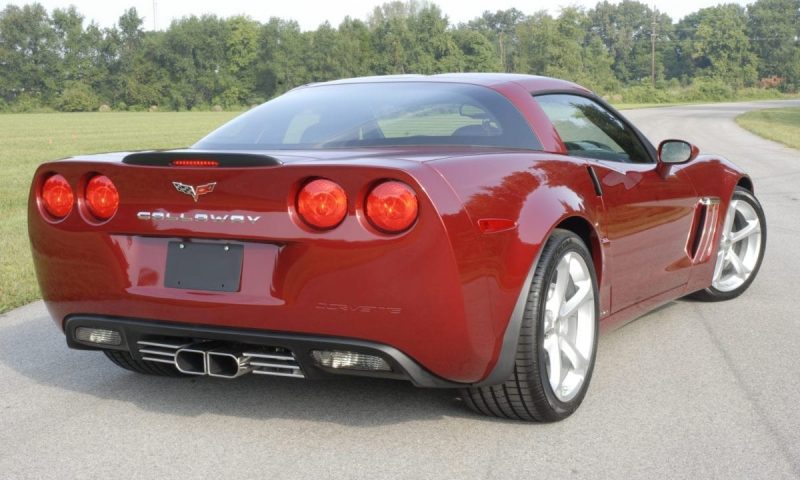
Kammback, Kamm tail, K-tail, it goes by many names. But what is it? Quite simply, it’s a flat bottom, but on the horizontal. Think cars like the Citroën GS, the Ford GT40, the Aston Martin DB6 and the mid-generation Chevrolet Corvettes. They all have an abrupt, sudden rear end. This is the Kamm tail. In the 1930s, designers were developing a greater understanding of aerodynamics and what effect they had on a car’s behaviour. Initially, the train of thought was to adopt a teardrop style body, but this was long and impractical. Designers struggled to find ways to effectively reduce drag without that teardrop shape, until Baron Reinhard Koenig-Fachsenfeld and fellow Stuttgart University colleague, Wunibald Kamm rocked up with his notion of abruptly ‘ending’ the rear of the car. This, he proved, created a turbulent area directly behind the car, over which air could flow. This turbulent air created a ‘virtual’ body, if you will.
2) Hofmeister Kink 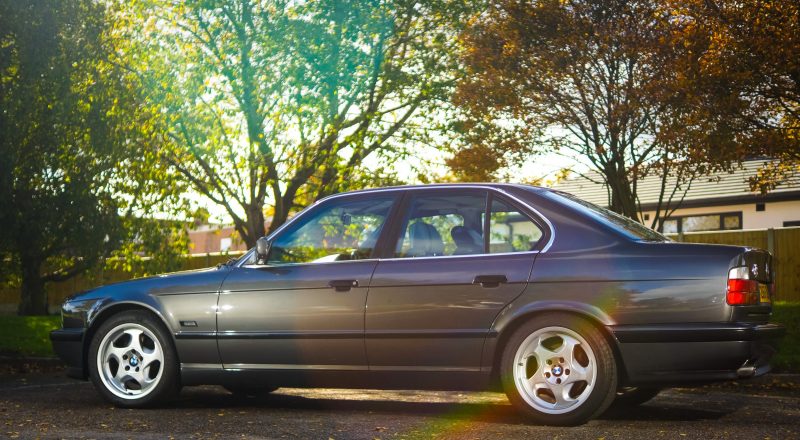
While this sounds like something you should drink with Red Bull, it’s actually not. The name comes from Wilhelm Hofmeister, who was BMW‘s top designer from 1955 through to 1970. Such was his legacy though, his impact and his kink – so to speak – are still sewn into the fabric of BMW design today. Which is refreshing, given how awful the modern cars are – at least there’s still some heritage there. Unlike the Kammback above, the Hofmeister Kink offers no real practical benefit. Instead, it’s purely visual. But what exactly is it? Look at any BMW with a fixed roof from the ’60s onwards and look at the side rear windows. Rather than tail off into a point, the side rear windows instead curve (or kink) back around. It’s that simple. That is the Hofmeister Kink.
3) Ponton/Pontoon
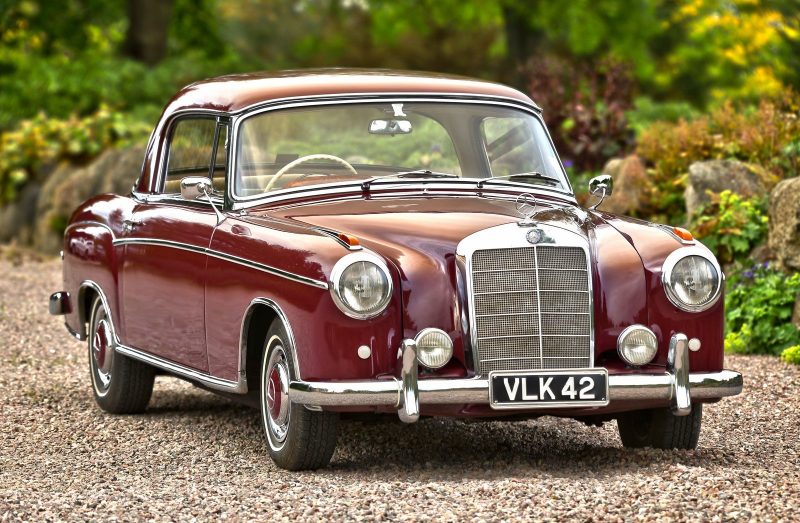
You might be reading that, only to then think of the Mercedes-Benz Ponton. And in doing so, you wouldn’t be wrong. However, Ponton is derived from French and German language, where it means pontoon. This was a new style of car seem most notably in the early post-war years. The term comes about in reference to cars losing the covered arches and running boards in favour of full bodies that covered all four wheels. This is pontoon styling, or ‘envelope’ styling to give it a more official name. Origins of Pontoon styling can be traced back to the 1920s, with cars like the Auto Union Streamliner. Ultimately, manufacturers preferred this style. As metal pressing techniques evolved, it became a cheap way to make cars. Then there were the added benefits Pontoon styling brought in regards to safety and comfort, as passenger space could be much greater than that of a traditional ‘running board’ design car.
4) Dagmars/Fins
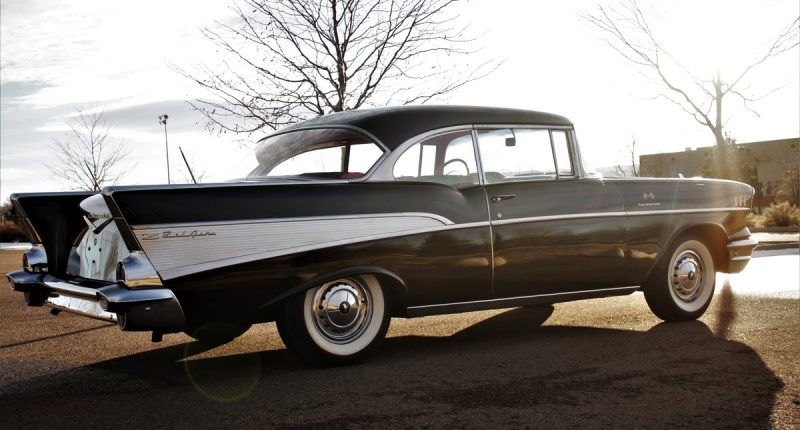
Moving now to America, we have Dagmars and fins. The latter we all know about. 1950s America was obsessed with the space race, and that bled through into car design in a huge, huge way. Cars grew huge fins, so as to suggest speed and rocket-like lines. Big fins were big business, but like a kid in a sweet shop, America didn’t know when to stop. In the end, it was the 1959 Cadillac that won the fin race, with impossibly tall and terrifyingly sharp rear fins. But fins were nothing without Dagmars, as they were known colloquially. You see, Dagmar was the name of a, ahem, ‘busty’ TV personality in the ’50s, known for her conical bra-cups. Hence, when these chrome additions started appearing on cars, onlookers were keen to call them Dagmars. Even if designers were going for a more… rockety visual. Rumour has it that Dagmar herself, or Virginia Ruth Lewis to use her given name, was amused by the tribute.
5) Flying Buttress
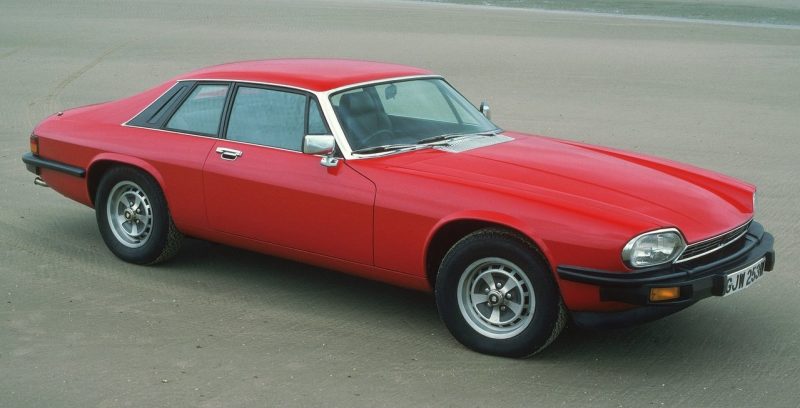
Finally, we have the almighty ‘flying buttress’. This is term taken from architecture, and relates to support. A buttress is an addition to the side of a building, joined directly to it, that provides added strength and stability. A flying buttress, however, is a building element that links the the building to the ground, or to another part of the building while also having a throughway or open element, hence ‘flying’. In car design, the flying buttress is found at the rear, and can be identified by a C pillar with a narrow top that flows out rearward. Look at the Jaguar above, or a ’68 Dodge Charger, or a Ferrari Dino. Designers will tell you it’s about airflow and stability due to the way this design channels air. However, the bottom line is that it just looks cool, and we’re more than okay with that. It’s what good design is all about.


